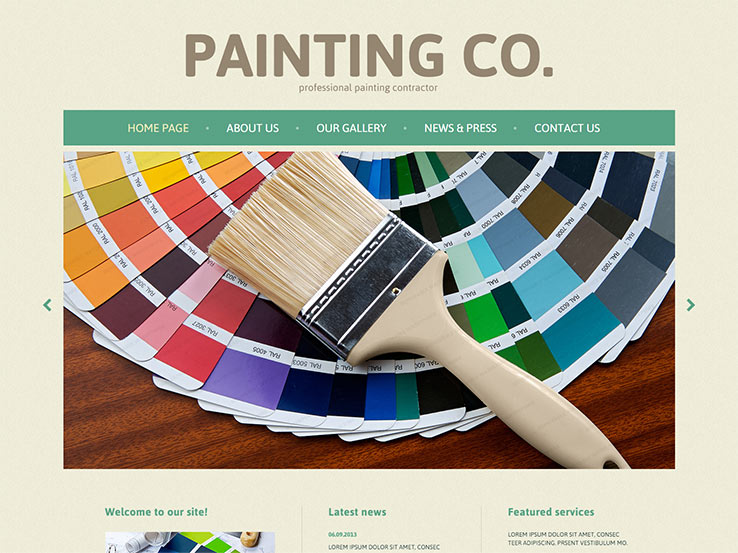Understanding Different Painting Techniques: Which One Is Right For You?
Understanding Different Painting Techniques: Which One Is Right For You?
Blog Article
Material Writer-Oneal Mullins
When deciding on a painting technique that fits your design, the range of options can be both interesting and frustrating. Each strategy has its distinct attributes, offering unique advantages based upon your creative preferences and objectives. So, prior to you get your brushes and start producing, let's check out the interesting globe of painting techniques to help you browse with the sea of possibilities and locate the one that really speaks with your creative spirit.
Checking Out Watercolor Paint
If you're looking to study the world of paint, why not consider checking out watercolor methods? Watercolor paint is an attractive medium that offers a special and delicate way to reveal your creativity. One of the crucial benefits of watercolors is their openness, allowing light to go through the paint and show off the paper, creating luminous and angelic impacts.
To begin your watercolor trip, you'll need a few basic materials: watercolor paints, brushes, watercolor paper, and a palette. Begin by try out different brush strokes, layering shades, and having fun with the quantity of water to achieve various structures and impacts.
Don't hesitate to let the paint flow and mix on the paper, accepting the changability of watercolors.
As you obtain much more experience, you can explore innovative methods such as wet-on-wet, wet-on-dry, dry brushing, and lifting. Keep in mind to exercise consistently, research the works of various other watercolor artists, and most significantly, have fun with your painting trip!
Mastering Acrylic Techniques
When delving into the world of painting, grasping acrylic techniques can open up a globe of dynamic possibilities for your creative expression. Polymer paints are recognized for their flexibility, rapid drying out time, and dynamic colors. One crucial strategy to master is layering. By applying numerous layers of acrylic paint, you can create deepness and splendor in your artwork.
Experiment with various brush strokes, from vibrant and expressive to fragile and comprehensive, to see exactly how they can improve your paints.
One more important aspect of acrylic painting is blending. Polymers can be quickly mixed on the canvas using a variety of devices like brushes, sponges, and even your fingers. This enables you to perfectly blend shades and develop smooth transitions between various tones.
Additionally, don't neglect to discover the techniques of completely dry cleaning and splattering to add structure and rate of interest to your paints.
Opening the Secrets of Oil Painting
Unlock the keys of oil paint and find an abundant and timeless medium that has actually recorded the creativity of artists for centuries. https://www.housedigest.com/1196392/what-you-should-know-before-painting-a-mural-in-your-home/ involves making use of pigments put on hold in drying oils, normally linseed oil. residential painting services in plano enables mixing colors, creating abundant structures, and achieving luminescent effects that can not be conveniently reproduced with other types of paint.
To start your oil painting journey, you'll need quality oil paints, brushes suitable for oil painting, a scheme for blending shades, and a surface area to paint on, such as canvas or wood. Unlike polymers, oil paints have a sluggish drying out time, enabling better flexibility in blending and layering colors. This characteristic likewise allows musicians to deal with an item over an extended period, making adjustments and improvements as they go.
When dealing with oils, bear in mind to cleanse your brushes with solvent and make use of a well-ventilated area because of the fumes. Explore different strategies like alla prima (wet-on-wet) or glazing to accomplish diverse results and release your creativity with this timeless painting tool.
painting companies that you've checked out different paint strategies like watercolor, acrylic, and oil, it's time to choose the one that talks with you. Select the strategy that aligns with your artistic objectives and preferences, whether it's the luminous results of watercolor, the vibrant colors of acrylic, or the blending capabilities of oil. Experiment, have a good time, and let your creativity circulation as you dive deeper right into the globe of painting.
